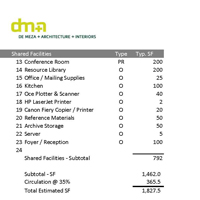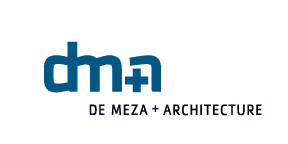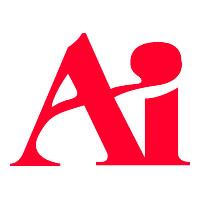
 Typically I teach building codes at the Art Institute of California – San Francisco. Teaching Building Codes is a bit dry, but once a student “gets” it, it’s rewarding. This quarter I have the opportunity to teach Programming and Space Planning 1 for the Interior Design dept. It’s really fun exploring the different methods of programming. In the real world, time is of the essence, so you don’t get to do every method of research.
The programming phase is when we as designer’s research, explore, and investigate the facets of a project. It is the most important phase, because it can make or break the project. By programming we define the client’s needs and prioritize the client’s wants. There isn’t one clear path to programming. Each job, client, and designer will require different methods. The goal is to be as efficient as possible with our time and make the largest leaps with the information at hand.
Typically I teach building codes at the Art Institute of California – San Francisco. Teaching Building Codes is a bit dry, but once a student “gets” it, it’s rewarding. This quarter I have the opportunity to teach Programming and Space Planning 1 for the Interior Design dept. It’s really fun exploring the different methods of programming. In the real world, time is of the essence, so you don’t get to do every method of research.
The programming phase is when we as designer’s research, explore, and investigate the facets of a project. It is the most important phase, because it can make or break the project. By programming we define the client’s needs and prioritize the client’s wants. There isn’t one clear path to programming. Each job, client, and designer will require different methods. The goal is to be as efficient as possible with our time and make the largest leaps with the information at hand.
Sometimes as a client, you may think, “I can tell you all you need to know.” But in reality, there are just some things you don’t think about, especially when it’s about the use of space. As a client, your priorities are different than ours as a designer. You may want the design to be completed cheap and fast, when we want to take the necessary time to design, so the users can work efficiently. Always remember that the Programming phase isn’t a phase you want to rush. If something isn’t planned for, it will affect the rest of phases and in the long run take more time.

 I was recently invited to be a member of the Professional Advisory Committee for the
I was recently invited to be a member of the Professional Advisory Committee for the